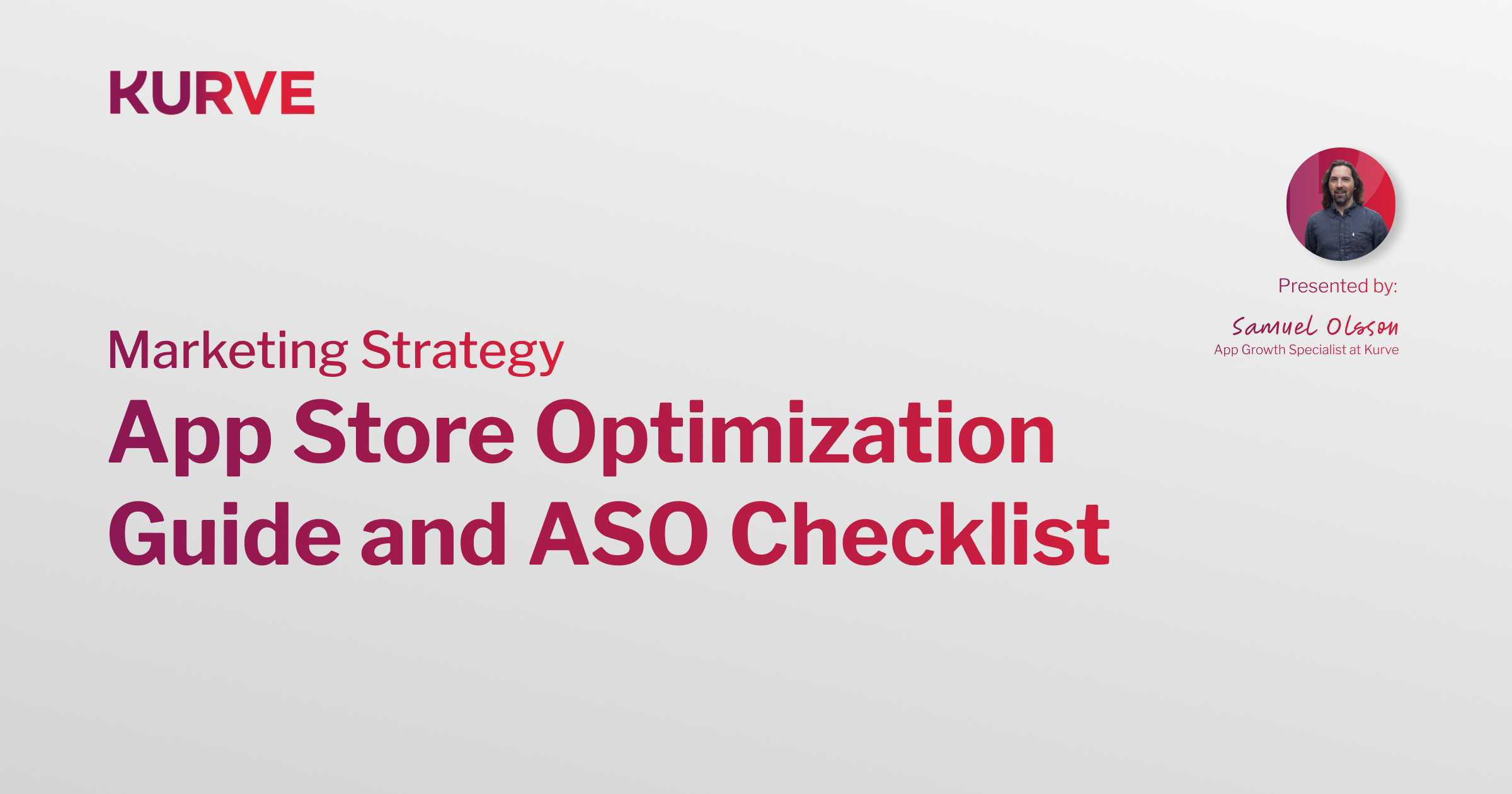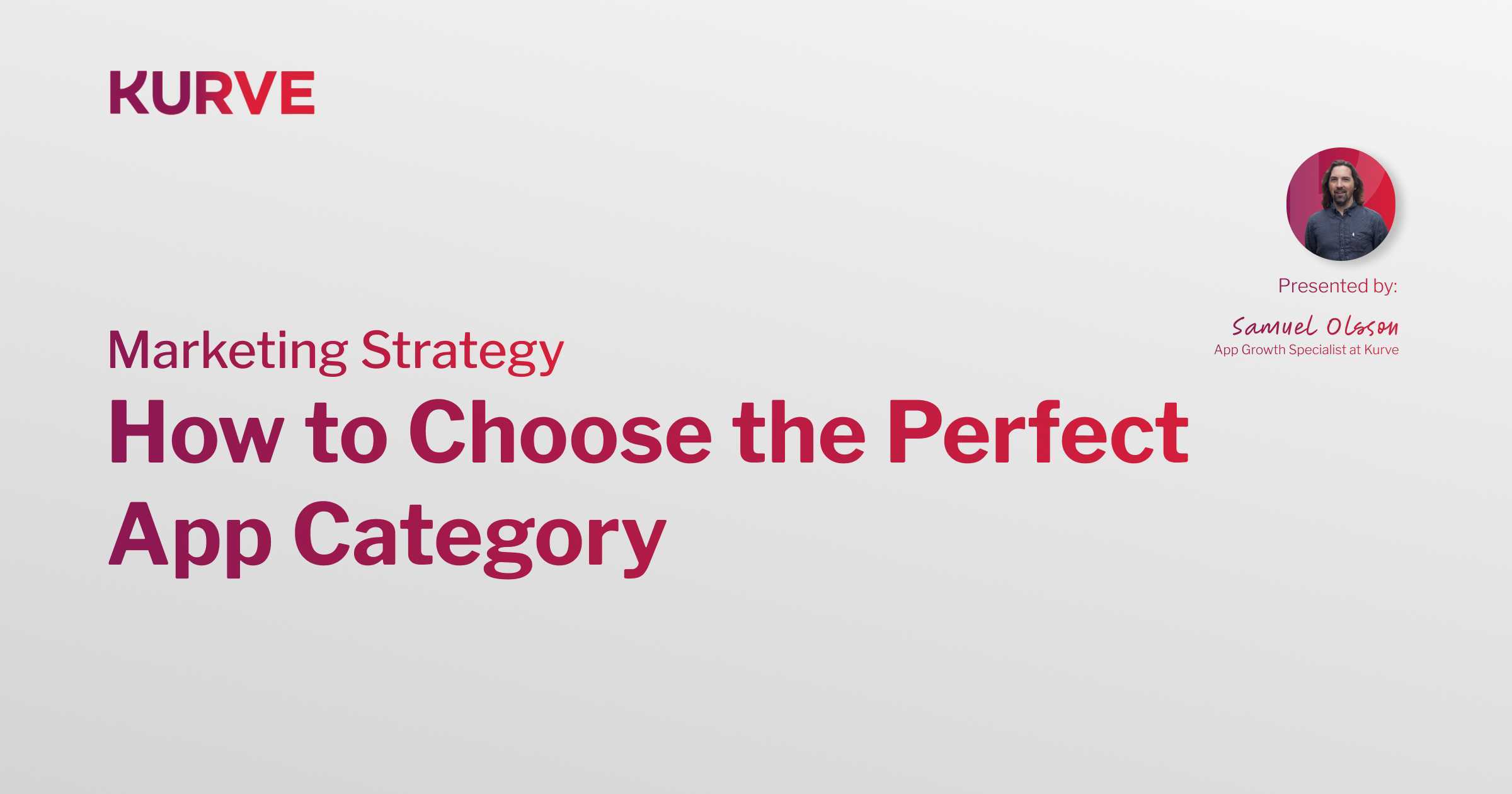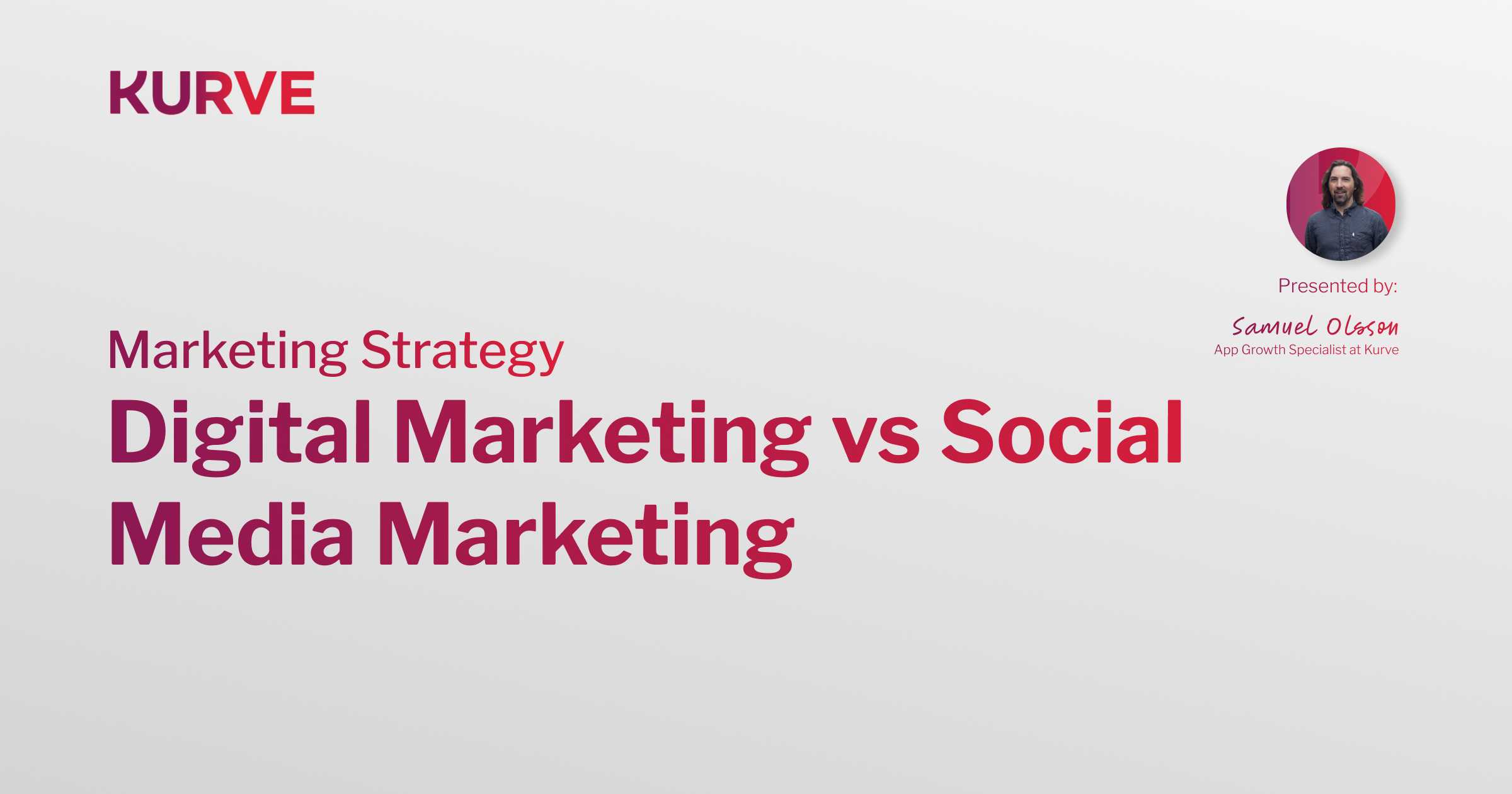Types of Influencers
Influencer marketing is no longer an add-on, it is a growth discipline that touches brand building, performance acquisition, content production, and community development. For mobile-first brands and app teams, creators can accelerate user acquisition, retention, and lifetime value when they are selected, briefed, and measured with the same rigor you apply to paid media.
Table of Contents
- What Counts as an Influencer Today
- Understanding the types of influencers
- Audience Tiers: Nano, Micro, Mid, Macro, Mega
- Niche and Content Archetypes
- Platform-Specific Creator Profiles
- Influencer Comparison Matrix
- Creators for Mobile Apps: UA, Retention, and Revenue
- How to Choose the Right Creator Mix
- Pricing Models and How to Budget
- Briefing, Production, and Repurposing
- Measurement: From Awareness to Incrementality
- Compliance, Brand Safety, and Disclosure
- Frequently Asked Questions
- Key Takeaways
What Counts as an Influencer Today
An influencer is any creator who can shift attention and behavior within a community. This includes short-form video makers, streamers, podcasters, newsletter authors, live shopping hosts, subreddit mods, and even virtual or AI characters. What defines them is not celebrity, it is the combination of audience trust, consistent content, and repeatable impact on discovery or conversion.
Useful reads:
- UK ad disclosure guidance by the ASA and CAP, covering how to label paid partnerships correctly: https://www.asa.org.uk/advice-online/recognising-ads-social-media.html
- FTC Endorsement Guides on truthful advertising and material connection disclosures: https://www.ftc.gov/business-guidance/advertising-marketing/endorsements
Understanding the types of influencers
Marketers commonly bucket creators by follower count, by niche, and by platform behavior. The right segmentation helps you build a portfolio that balances cost, reach, engagement, and conversion. In this guide we will map audience tiers, niche archetypes, and channel-specific strengths, then show how to combine them for mobile growth.
If you are wondering what follower counts qualify someone to be an influencer today, see this deep dive on thresholds and expectations: How Many Followers To Be An Influencer in 2025.
Audience Tiers: Nano, Micro, Mid, Macro, Mega
Influencer tiers by audience size
These tiers are directional ranges. Always check engagement quality, comment sentiment, and creator consistency before deciding.
Nano Influencers, 1k to 10k followers
- Strengths: Hyper-trust, high comment quality, responsive to briefs, strong local or niche community.
- Best for: Seeding products, review velocity, UGC pipelines, early mobile app installs in tight cohorts.
- Risk: Limited reach, need more creators to hit volume targets.
Micro Influencers, 10k to 100k followers
- Strengths: Excellent engagement per follower, topic authority, flexible rates.
- Best for: Category education, referral loops, creative testing for ad whitelisting, app feature walk-throughs.
- Risk: Capacity constraints, variable production quality.
Mid-tier Influencers, 100k to 500k followers
- Strengths: Scalable reach with decent engagement, frequent content cadence.
- Best for: Mid-funnel consideration, app challenges, live feature reveals.
- Risk: Rate inflation in hot niches, higher brand safety scrutiny needed.
Macro Influencers, 500k to 1M followers
- Strengths: Big reach, editorial polish, cross-channel presence.
- Best for: Major launches, app store ranking pushes during short windows, PR-aligned moments.
- Risk: Lower relative engagement, longer lead times, stricter creative guardrails.
Mega Influencers, 1M plus
- Strengths: Massive cultural awareness, mainstream credibility.
- Best for: Awareness spikes, tentpole campaigns, global brand moments.
- Risk: Premium rates, lower audience affinity to niche topics, complex approvals.

Niche and Content Archetypes
Creator categories by niche
Selecting by niche ensures message-market fit. Below are common categories, what they are great at, and mobile app angles to consider.Tech and Productivity
- What they do: Reviews, app lists, workflow tutorials.
- Best for apps: Productivity, finance, health tracking, AI tools.
- Tip: Give beta or test flight access to enable authentic demos.
- What they do: Let’s Plays, speed runs, patch notes, Twitch chats.
- Best for apps: Games, companion apps, social platforms.
- Tip: Use creator codes and in-app cosmetics to measure lift.
- What they do: Routines, habit challenges, nutrition logs.
- Best for apps: Fitness trackers, guided workouts, mental wellness.
- Tip: Weekly progress formats produce return visits and cohort retention.
- What they do: Try-ons, routines, hauls, capsule wardrobes.
- Best for apps: Shopping, resale marketplaces, AR try-on.
- Tip: Encourage creators to stitch user reviews and build social proof threads.
Food, Cooking, and Nutrition
- What they do: Recipe shorts, meal prep, restaurant rounds.
- Best for apps: Delivery, meal planning, grocery, kitchen utilities.
- Tip: Time-boxed challenges increase install intent around daypart needs.
Finance, Career, and Education
- What they do: Budgeting, investing, career advice, study hacks.
- Best for apps: Banking, investing, learning, job search.
- Tip: Compliance review is essential for claims and disclosures.
Travel and Experiences
- What they do: City itineraries, hacks, packing lists.
- Best for apps: Booking, maps, loyalty, language learning.
- Tip: Leverage location tags and saveable checklists for long-tail value.
Platform-Specific Creator Profiles
Channel behaviors and creative formats
Every platform shapes creator output and, therefore, your campaign design.
TikTok
- Format: Vertical, short, native edits, music trends.
- Strength: Discovery engine that rewards watch time, remix culture.
- Mobile fit: App demo hooks in the first 2 seconds, clear CTA overlays.
- Resource: TikTok Creator Marketplace eligibility and policies: https://www.tiktok.com/business/en/creator-marketplace
- Format: Reels, Stories, Carousels, Lives.
- Strength: Visual polish, shopping features, DMs for community.
- Mobile fit: Story step-through tutorials for app flows, Highlights for evergreen.
- Resource: Branded content ads policy: https://help.instagram.com/116947042301556
YouTube
- Format: Shorts, long-form, live streams, Community tab.
- Strength: Searchable evergreen content and deep dives.
- Mobile fit: Feature reviews, how-to flows, comparison videos with chaptering.
- Resource: YouTube disclosure tools overview: https://support.google.com/youtube/answer/154235
Twitch and Kick
- Format: Live streaming with chat, raids, extensions.
- Strength: Real-time trust, community rituals.
- Mobile fit: Long sessions for game or social apps, extension integrations.
Newsletters and Podcasts
- Format: Long-form analysis and conversations.
- Strength: High intent audiences, habit-driven consumption.
- Mobile fit: Referral codes and vanity URLs, sequential multi-touch storytelling.
Influencer Comparison Matrix
Side-by-side comparison of influencer categories
Use this matrix to match your goal to the right creator profile. Rates are illustrative and vary by market, season, and brief complexity.
| Category | Typical Followers | Engagement Quality | Content Cadence | Creative Control | Cost Trend | Best For | App Growth Fit |
| Nano | 1k to 10k | Very high, conversational | 2 to 5 posts weekly | Flexible, collaborative | Low | Social proof, reviews | Early installs, niche cohorts |
| Micro | 10k to 100k | High | 3 to 7 posts weekly | Strong, open to testing | Low to mid | Consideration, demos | ROAS testing, whitelisting |
| Mid-tier | 100k to 500k | Medium to high | Frequent, semi-pro | Moderate, schedule bound | Mid | Scale with relevance | Feature launches, challenges |
| Macro | 500k to 1M | Medium | Professional | Tighter, brand-safe | Mid to high | Awareness pushes | App Store ranking spikes |
| Mega | 1M plus | Low to medium | Studio-level | Strict, multi-stakeholder | High | Cultural moments | Broad reach, major events |
Content style comparison by niche
| Niche | Typical Format | Strength | Pitfall to Watch |
| Tech | Tutorials, comparisons | Credibility for complex flows | Spec claims and compliance |
| Gaming | Streams, clips | Time-on-content, loyalty | Overlap with non-buyers |
| Fitness | Routines, challenges | Habit loops, retention | Health claims scrutiny |
| Beauty | Routines, GRWMs | Visual trust, UGC volume | Saturation cycles |
| Food | Recipes, hauls | Saveability, shareability | Seasonal swings |
| Finance | Explainers | High intent decisions | Regulatory risk |
| Travel | Guides, lists | Bookmark value | Supply constraints vs demand |
Creators for Mobile Apps: UA, Retention, and Revenue
Why creators matter for mobile growth
For app teams, creators do more than awareness. They generate qualified demand, compress the learning curve for complex onboarding, and provide reusable assets for paid channels.
- Acquisition: Optimized links, promo codes, and platform-native CTAs drive installs with measurable attribution.
- Activation: Creator tutorials reduce time to first value.
- Retention: Recurring content formats create return habits, for example weekly progress videos.
- Revenue: Affiliate structures and creator codes make performance economics transparent.
Explore mobile-specific playbooks here:
- Mobile App Influencer Marketing
- Mobile Influencer Marketing Services
- Channel deep dive for short-form video: TikTok Influencer Marketing
How to Choose the Right Creator Mix
Decision framework
Use this 5-point framework to design your creator portfolio.
1. Objective
- Awareness, consideration, conversion, or retention.
- For app UA, align creator cadences to your sprint windows and store featuring opportunities.
2. Audience
- Define psychographics, not just demographics.
- Validate that the creator’s comment section contains your prospective users.
3. Creative Fit
- Map content archetypes to your product’s aha moments.
- Prioritize formats that show benefits in under 3 seconds for short-form platforms.
4. Economics
- Blend fixed fees with performance incentives.
- Model creator CPM and CAC side by side with paid channels.
5. Operations
- Can the creator deliver variants for whitelisting and paid ads.
- Do you have rights for cross-channel usage and app store assets.
For audience tier definitions and planning benchmarks, this primer helps set expectations: How Many Followers To Be An Influencer in 2025.
Pricing Models and How to Budget
Common deal structures
- Flat fee per post or per bundle: Predictable, good for testing.
- Performance plus fee: Lower base rate with bonuses on installs, trials, or revenue.
- Affiliate only: Pure rev share, best when creators already love the category.
- Long-term ambassadorship: Monthly content plus usage rights, efficient for CAC stabilization.
- Whitelisting and paid usage: Add-on to use creator handle for paid media and store screenshots.
Tip: Standardize briefs and track creator CPM, CPC, CPI, and first-purchase CAC to compare apples to apples with platform ads.
Briefing, Production, and Repurposing
Content that moves people to act
- Hook: First 2 seconds must show the problem or payoff.
- Proof: Real screen capture of the app, not mockups.
- Path: One CTA, clear, measurable, saved in a Highlight or pinned comment.
- Variants: 3 to 5 cuts per concept for algorithm testing.
- Repurpose: Turn creator content into ad assets, app store screenshots, email GIFs, and onboarding tips.

Measurement: From Awareness to Incrementality
What to measure and why it matters
Link your creator metrics to business outcomes.
Awareness
- Reach, views, view-through rate, saves, shares, press mentions.
Consideration
- Profile taps, site visits, store page views, waitlist signups.
Conversion
- Installs, trials, purchases, cost per install, cost per first purchase.
Retention and Revenue
- D1 to D30 retention, subscription starts, ARPU, LTV, refund rate.
Incrementality
- Geo or cohort experiments to prove uplift beyond baseline marketing.
- Compare creator flight windows to organic lift in store conversion.
For short-form specific tactics, this explainer is useful: TikTok Influencer Marketing.
Compliance, Brand Safety, and Disclosure
Stay inside the lines
- Disclosures: Use clear paid partnership tags as required in your market. See ASA guidance in the UK and FTC rules in the US.
- Claims: Substantiate performance claims, especially in finance, health, and productivity.
- Usage rights: Specify where and how long you can use creator content.
- Data privacy: Ensure any tracking links and promo mechanisms comply with platform policies and local laws.
Policy resources:
- CAP Code social disclosure guidance: https://www.asa.org.uk/type/non_broadcast/code_section/02.html
- FTC Endorsement Guides FAQs: https://www.ftc.gov/business-guidance/resources/ftcs-endorsement-guides-what-people-are-asking
Frequently Asked Questions
1. Do smaller creators actually convert better
Often yes, because comment quality and trust are higher. That does not mean you should ignore larger creators. Blend tiers so you can scale while maintaining credibility.
2. Which platforms work best for app installs
Short-form video for discovery, YouTube for deep consideration, Instagram Stories for CTAs, newsletters for high intent. Test and measure with consistent links and post timing.
3. How do I prevent creator content from feeling like an ad
Prioritize problem-solution narratives, real screen recordings, and personal routines. Provide guardrails, not scripts, then co-edit for clarity.
4. Where can I learn more about mobile-first creator programs
Start here for strategy and services tailored to apps:
- Mobile App Influencer Marketing
- Mobile Influencer Marketing
Key Takeaways
- Your creator plan is a portfolio, not a single partnership. Mix audience tiers and niches to balance cost, reach, and engagement.
- Match creator formats to your product’s aha moments. Short-form for discovery, long-form for proof, live for community.
- For apps, treat creators like a performance channel, with clear CPI, CAC, and retention targets, and with proper attribution.
- Standardize briefs and request multiple variants per concept to feed both organic and paid testing.
- Protect the brand with compliant disclosures, usage rights, and review of claims.
- Keep learning. Audience behavior and platform rules shift often, which means your creator mix should be reviewed quarterly.
Internal Reading List
- Audience thresholds and planning: How Many Followers To Be An Influencer in 2025
- Short-form channel strategy: TikTok Influencer Marketing
- Mobile growth with creators: Mobile App Influencer Marketing and Mobile Influencer Marketing


